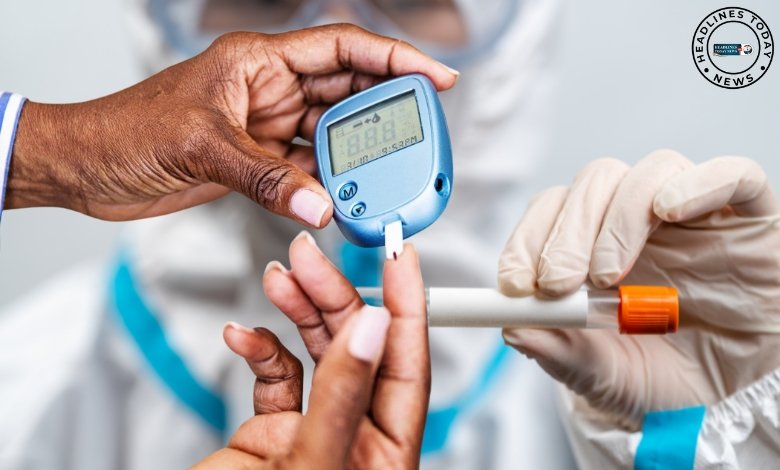Diabetic New Research Reveals Promising Combination Therapy for Diabetes Management
Innovative Approach Combines SGLT2 Inhibitors and GLP-1 Receptor Agonists to Improve Heart and Kidney Health

Combining SGLT2 inhibitors and GLP-1 receptor agonists offers new hope in diabetes care, protecting against heart disease and kidney complications.
Diabetic New Research: Diabetes is a critical health condition impacting millions worldwide. Beyond managing blood sugar levels, those with diabetes face heightened risks of heart disease and kidney issues, both of which significantly affect quality of life. However, groundbreaking research suggests that a combination of two widely used diabetes medications, SGLT2 inhibitors and GLP-1 receptor agonists, might offer a dual benefit in managing these complications.
The Synergistic Power of Combined Therapy
SGLT2 inhibitors and GLP-1 receptor agonists are well-known for their efficacy in managing type 2 diabetes by lowering blood sugar levels. Recent studies are now highlighting an added layer of protection against cardiovascular and kidney complications when these drug classes are used together, potentially revolutionizing diabetes care.
SGLT2 Inhibitors: Beyond Blood Sugar Regulation
SGLT2 inhibitors function by blocking glucose reabsorption in the kidneys, leading to excess sugar being excreted through urine. Their benefits, however, extend beyond mere blood sugar control:
- Lower Blood Pressure: By reducing blood volume, these inhibitors help manage hypertension, a key risk factor for heart disease.
- Heart Protection: Research indicates that SGLT2 inhibitors protect heart muscle, decreasing the risk of heart failure and stroke.
- Kidney Protection: These drugs can slow the progression of kidney disease, potentially reducing the need for dialysis.
GLP-1 Receptor Agonists: Advanced Diabetes Management
GLP-1 receptor agonists mimic a natural hormone that regulates blood sugar, stimulating insulin production, slowing sugar release from the liver, and suppressing appetite, which collectively enhance blood sugar control. They also offer:
- Cardiovascular Risk Reduction: These agonists decrease the risk of major cardiovascular events like heart attack and stroke.
- Weight Management: By increasing feelings of fullness and reducing appetite, they assist in weight loss, crucial for diabetes management.
- Kidney Health Improvement: They have shown protective effects on kidney function, delaying or preventing the progression of kidney disease.
A Combined Approach: Enhancing Treatment Efficacy
The combined use of SGLT2 inhibitors and GLP-1 receptor agonists may provide a synergistic effect, offering a comprehensive strategy for diabetes management. The EMPA-REG OUTCOME trial, a landmark study published in the New England Journal of Medicine, supports this combined approach. Involving over 7,000 participants with type 2 diabetes and established cardiovascular disease, the study found that empagliflozin, an SGLT2 inhibitor, significantly reduced the risk of major cardiovascular events, cardiovascular death, and hospitalization for heart failure.
Future Implications and Hope for Diabetes Patients
The evidence is compelling: combining SGLT2 inhibitors and GLP-1 receptor agonists could significantly improve diabetes care, reducing the long-term complications associated with the disease. This approach offers a multifaceted strategy for managing blood sugar, protecting the heart, and preserving kidney function. As research progresses, further insights into this combined therapy’s benefits are anticipated, heralding a promising future for diabetes care and improved health outcomes for millions.
Keywords: diabetes, type 2 diabetes, SGLT2 inhibitors, GLP-1 receptor agonists, heart disease, kidney disease, cardiovascular complications, blood sugar control, empagliflozin, EMPA-REG OUTCOME trial, combination therapy, synergistic effect, diabetes management, health outcomes.
